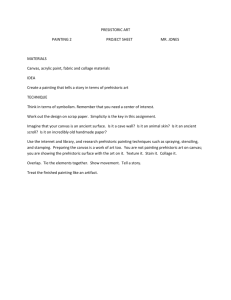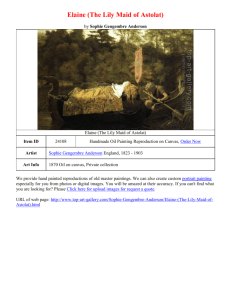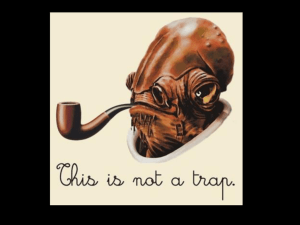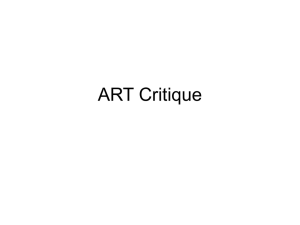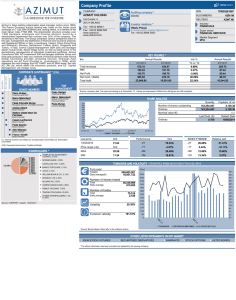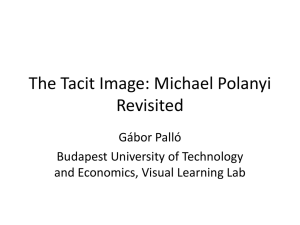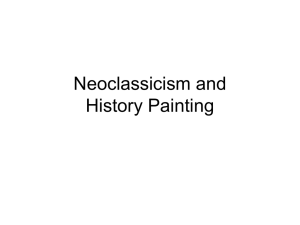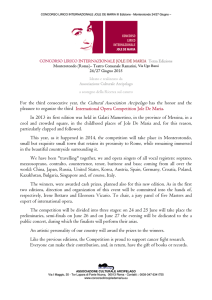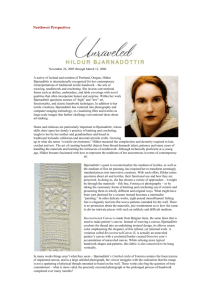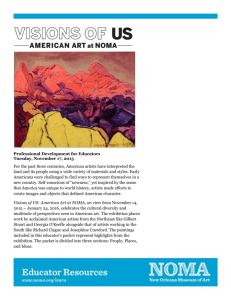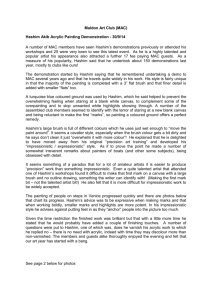press release - Massimo De Carlo
advertisement
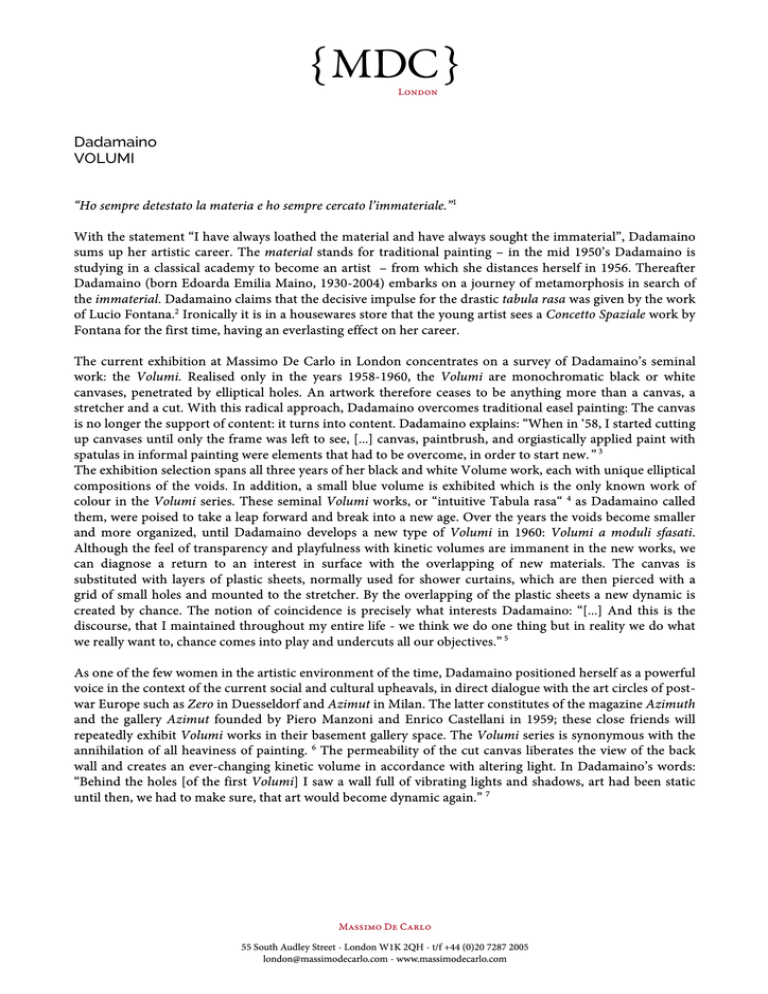
Dadamaino VOLUMI “Ho sempre detestato la materia e ho sempre cercato l’immateriale.”1 With the statement “I have always loathed the material and have always sought the immaterial”, Dadamaino sums up her artistic career. The material stands for traditional painting – in the mid 1950’s Dadamaino is studying in a classical academy to become an artist – from which she distances herself in 1956. Thereafter Dadamaino (born Edoarda Emilia Maino, 1930-2004) embarks on a journey of metamorphosis in search of the immaterial. Dadamaino claims that the decisive impulse for the drastic tabula rasa was given by the work of Lucio Fontana.2 Ironically it is in a housewares store that the young artist sees a Concetto Spaziale work by Fontana for the first time, having an everlasting effect on her career. The current exhibition at Massimo De Carlo in London concentrates on a survey of Dadamaino’s seminal work: the Volumi. Realised only in the years 1958-1960, the Volumi are monochromatic black or white canvases, penetrated by elliptical holes. An artwork therefore ceases to be anything more than a canvas, a stretcher and a cut. With this radical approach, Dadamaino overcomes traditional easel painting: The canvas is no longer the support of content: it turns into content. Dadamaino explains: “When in ‘58, I started cutting up canvases until only the frame was left to see, [...] canvas, paintbrush, and orgiastically applied paint with spatulas in informal painting were elements that had to be overcome, in order to start new. ” 3 The exhibition selection spans all three years of her black and white Volume work, each with unique elliptical compositions of the voids. In addition, a small blue volume is exhibited which is the only known work of colour in the Volumi series. These seminal Volumi works, or “intuitive Tabula rasa“ 4 as Dadamaino called them, were poised to take a leap forward and break into a new age. Over the years the voids become smaller and more organized, until Dadamaino develops a new type of Volumi in 1960: Volumi a moduli sfasati. Although the feel of transparency and playfulness with kinetic volumes are immanent in the new works, we can diagnose a return to an interest in surface with the overlapping of new materials. The canvas is substituted with layers of plastic sheets, normally used for shower curtains, which are then pierced with a grid of small holes and mounted to the stretcher. By the overlapping of the plastic sheets a new dynamic is created by chance. The notion of coincidence is precisely what interests Dadamaino: “[...] And this is the discourse, that I maintained throughout my entire life - we think we do one thing but in reality we do what we really want to, chance comes into play and undercuts all our objectives.” 5 As one of the few women in the artistic environment of the time, Dadamaino positioned herself as a powerful voice in the context of the current social and cultural upheavals, in direct dialogue with the art circles of postwar Europe such as Zero in Duesseldorf and Azimut in Milan. The latter constitutes of the magazine Azimuth and the gallery Azimut founded by Piero Manzoni and Enrico Castellani in 1959; these close friends will repeatedly exhibit Volumi works in their basement gallery space. The Volumi series is synonymous with the annihilation of all heaviness of painting. 6 The permeability of the cut canvas liberates the view of the back wall and creates an ever-changing kinetic volume in accordance with altering light. In Dadamaino’s words: “Behind the holes [of the first Volumi] I saw a wall full of vibrating lights and shadows, art had been static until then, we had to make sure, that art would become dynamic again.” 7 1 Dadamaino, interview with Jole de Sanna in: Damsch-Wiehager, Renate (Ed.): ZERO ITALIEN. Azimut/Azimuth 1959/60 in Mailand. Kat. Ostfildern 1996. p. 96. 1 Ebd. p. 96. 1 Dadamaino in: Eleonora Fiorani, „Il Percorso del quotidiano: Dadamaino 1990-91“, in: Temporale Rivista d’Arte e di Cultura, Nr. 26, Edizioni Dabbeni, Lugano 1991. 1 Dadamaino, interview with Jole de Sanna in: Damsch-Wiehager, Renate (Ed.), 1996. p. 96. 1 Ebd. P. 97. 1 Dadamaino thinks of traditional painting as ‚heavy’ material: comp. Dadamaino, interview with Jole de Sanna in: Damsch- Wiehager, Renate (Hrsg.): ZERO ITALIEN. Azimut/ Azimuth 1959/60 in Mailand.. Ostfildern 1996. p. 96. 1 Dadamaino in: Eleonora Fiorani, „Il Percorso del quotidiano: Dadamaino 1990-91“, in: Temporale Rivista d’Arte e di Cultura, Nr. 26, Edizioni Dabbeni, Lugano 1991. Hard facts: Massimo De Carlo, London 55 South Audley Street – London W1K 2QH Periodo: 10 febbraio – 29 marzo 2014, dal martedì al sabato, 10:00 – 18:00 Opening: Monday February 10th, 2014, from 6.00pm For any further information and materials please contact: Larkin Erdmann erdmann@massimodecarlo.com +44 (0)2072872005
